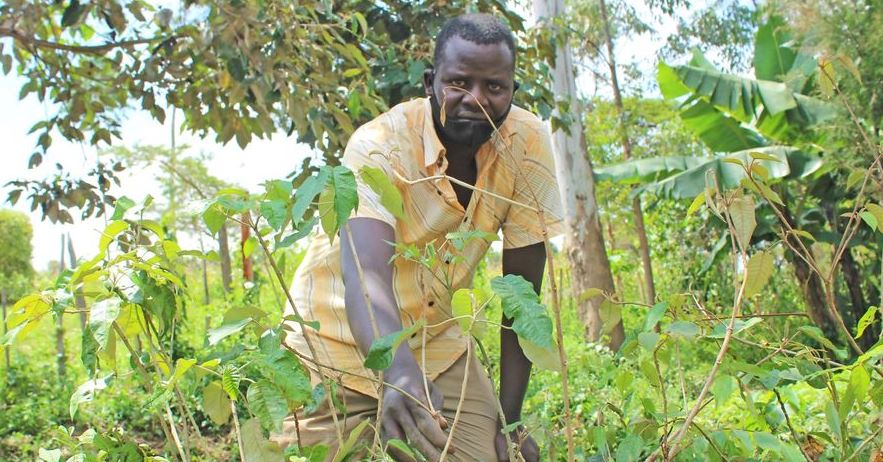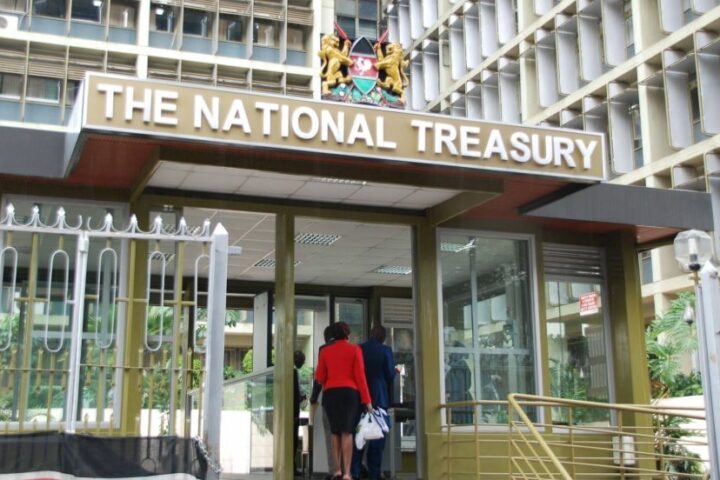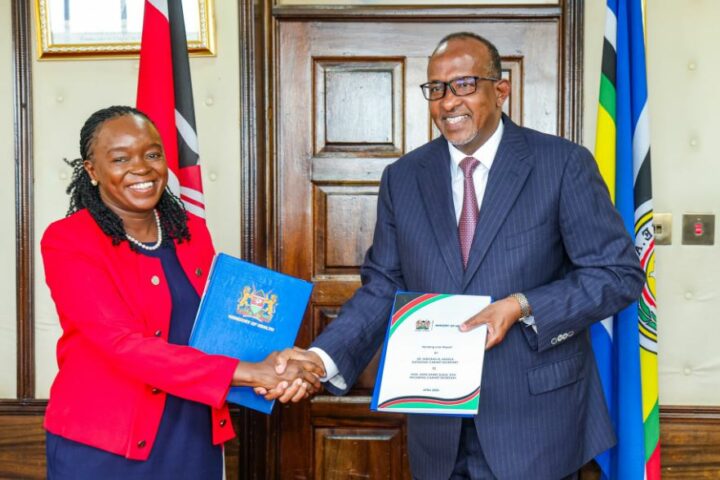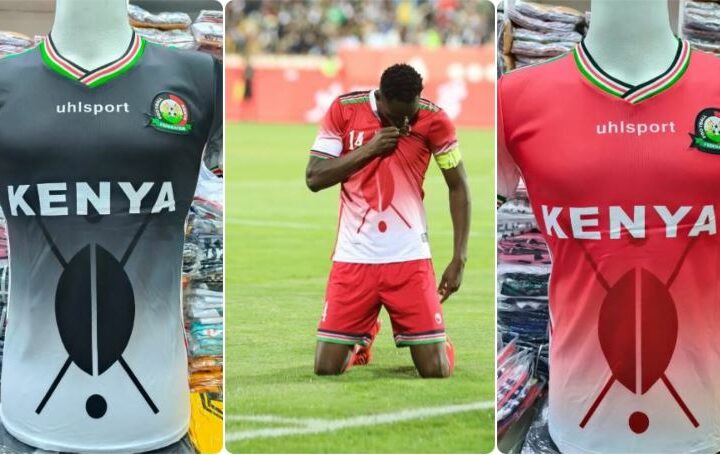 Nelson Kimeli has been running a tree seedlings farm in Uasin County for the last 15 years. He grows indigenous trees such as Nandi Flame, Cedar, Croton megalocarpus, gravellia, eucalyptus, African cherry and Elgon teak, among others.
Nelson Kimeli has been running a tree seedlings farm in Uasin County for the last 15 years. He grows indigenous trees such as Nandi Flame, Cedar, Croton megalocarpus, gravellia, eucalyptus, African cherry and Elgon teak, among others.
He reveals what it takes to successfully run such a venture
Why are you farming tree seedlings?
I realised that indigenous trees, in particular, were becoming hard to come by as most people were clearing them to grow exotic ones.
So in 2005, I started with some 700 seedlings then added 8,000 exotic ones since people needed both.
Unfortunately, the entire investment was swept away after the three-acre family land that I farm on, which borders River Kosachei was flooded.
I lost close to Sh100,000 but I started again. Now I have over 20,000 tree seedlings of 30 different species.
Where do you get the indigenous tree seeds?
To maximise on profits, I source them from forests such as Kiplonik and Kaptembei in Nandi County and in western from Lugari and Kakamega.
I harvest the seeds, then dry them for seven days. One must have permission from Kenya Forest Service to harvest the seeds.
I then grow them in a seedbed. Thereafter, I transplant them in nylon pots. One must control pests, diseases and blight. I avoid commercial seeds because some don’t grow.
Is this a rewarding venture?
Yes, in a good month, I sell at least 2,000 tree seedlings especially at the onset of rains in March and October.
I sell 200 to 500 trees when the business is low. Exotic tree seedlings at an average of Sh20 and indigenous ones at between Sh30 and Sh40.
Through the business, I have constructed a house and provide for my family and even parents.
How do you market your products?
I get most of my clients through referrals. I also look for the seeds based on the demand for certain species, which makes it easier to sell. Most people like Red Stinkwood (Prunus Africana).
What are the challenges in your business?
Pests and diseases as well as blight affect seedlings. Then the business is labour intensive and requires plenty of water, which sometimes is not available.
Some of the indigenous trees take up to 30 years to mature and are very delicate at the beginning but most people don’t know.
When they die, they can claim that you sell inferior seedlings. In this business, I have learnt to be patient since one has to wait from six to nine months to propagate and sell the indigenous seedlings.
Do you foresee a time when indigenous trees growing will pick up?
The government ought to come up with ways to promote the growing of indigenous trees and ensure that those who cut them down are punished.






